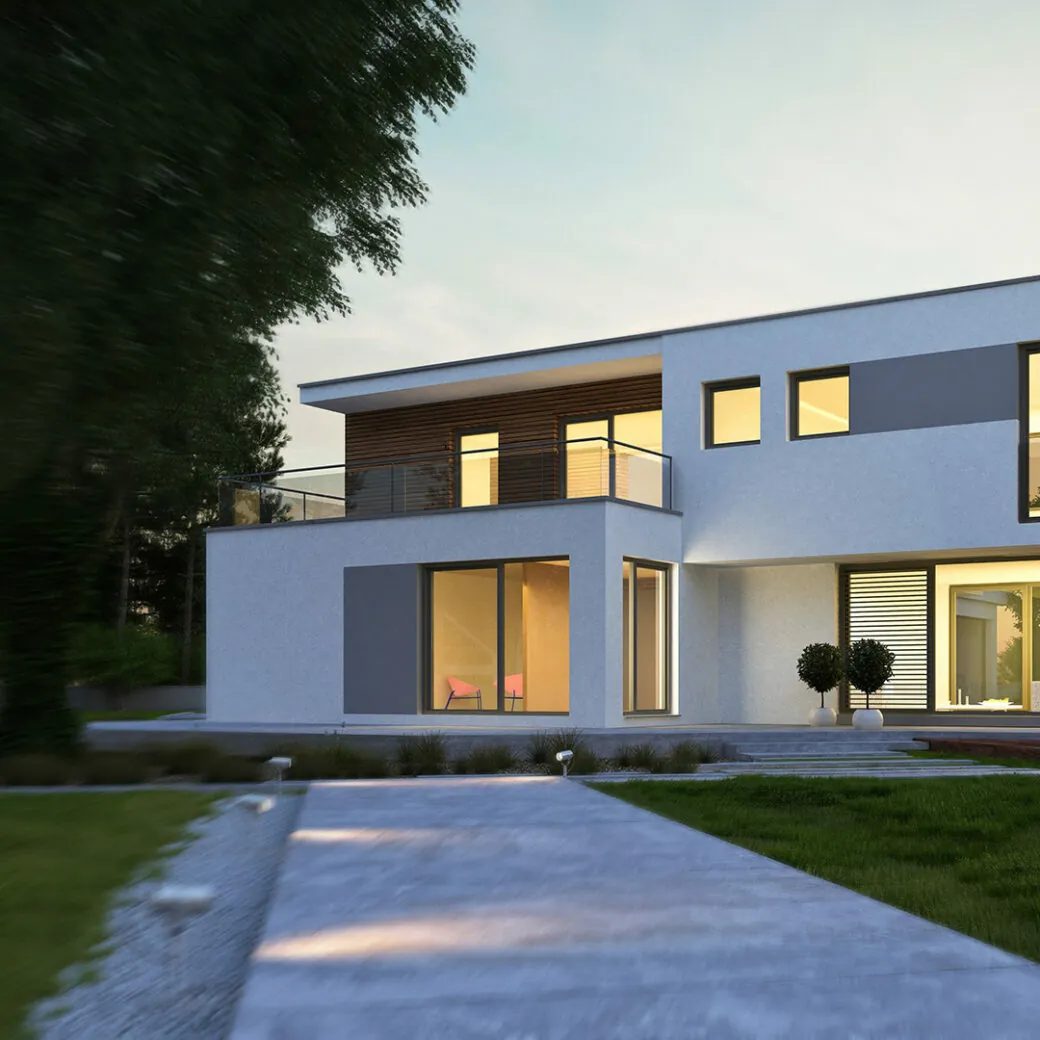From user interface design to a perfect user experience
User Interface Design at valantic
In the digital world, user interfaces are the central – and usually the only – points of contact between customers and companies. How users interact with digital products and services depends on many different aspects. Taken together, these factors make up the overall user experience.

Design according to your individual requirements
User interfaces consist of interaction and navigation elements. Information and functions are provided, or media content is transported through a well-considered interplay of text and image components. The form and design of user interfaces are strongly dependent on the intended use and context of use. A machine management tool for production lines, for instance, has a more sober and factual interface than a fitness app.
Nevertheless, the same characteristics that make up excellent user interfaces essentially apply to both purposes: The design of all UI and content elements follows the principle of visual clarity and consistency.
Perfect overview
The layout supports this clarity by structuring the user interface in a logical and comprehensive way and by offering users the appropriate interaction options. In the best case, users can intuitively find their way around all areas of the service. They consider the interaction with the system natural and pleasant. The design is tailored to the industry, the users, and the context of use. What appears visually playful and light in a B2C context can quickly come across as unprofessional in a B2B context.

User Interfaces
As in our three-dimensional world, the quality of the user experience in the virtual space depends only partly on the visual appearance. Equally significant is the effect that the interaction produces. If, for instance, a beautifully crafted door handle were to feel creaky and sluggish when used, the overall impression would be disappointing despite its appealing form.
Always on the cutting edge
In contrast to the door handle, however, digital interfaces are subject to continuous change. Functional scopes are expanded, additional user groups are tapped into, and new technologies are explored. The interface must be able to cope with all these changes and adapt flexibly to changing requirements. In order to always ensure an optimal user experience, user interfaces from valantic are component-based.

Modular and fit for all requirements
The user interface consists of separate UI elements such as buttons, selectors, content elements and other components. From these individual components, we build functional units such as navigation menus, teaser grids or tables, which can be easily altered and further developed. All elements are organized in a modular design system. Following common rules, they can be centrally maintained, optimized, and arranged into layered design templates.
In combination with a headless frontend, the design system unfolds its full potential. As a single source of truth, it documents the entire digital appearance of a company. That’s how we can ensure the continuous, collaborative development of the corporate design. Welcome to the future!

Sounds good? A lot of our customers think so too! You can read more about them in our success stories …
Are you interested in a user interface design that is perfectly tailored to your needs and wishes?
Just give us a call! Or tell us what you have in mind





